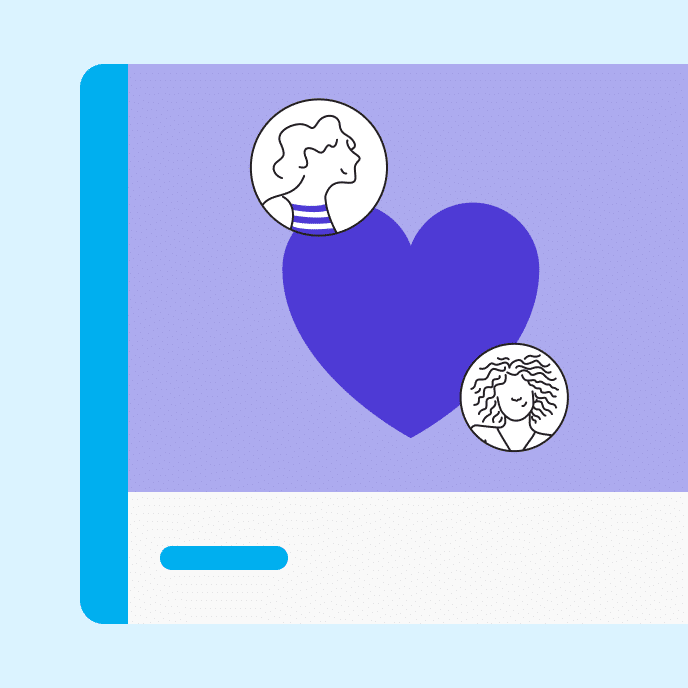How to Keep Customers Satisfied and Build the Right Course
What do you do when the client requests a project that will probably fail? These three tips will help you steer them in the right direction—achieving the balance between good training and happy customers.

When the customer isn’t right
There are times we’re asked to work on projects where the client’s ideas are wrong or what they want to do won’t produce the results they want. This is a common problem in our industry and the reason a lot of e-learning courses (and training programs for that matter) are ineffective.
The challenge is figuring out how to keep the customer happy and get the right product out the door.
3 quick tips to move in the right direction
This is a common challenge because the easiest course to build is the linear, explainer type course with information and next buttons. It’s also what many customers are used to, so trying to get them to see a different way to approach the course design can be a challenge, especially with a tight timeline and limited budget.
Here are a few ideas to get you thinking.
Manage the customer relationship
There are two key aspects of the relationship you have with the customer. The first is to set an aspirational tone. Build excitement and anticipation of the success of the project. Create a portfolio of successful projects to show how things can be and move them past pedestrian expectations or what the customer sees as typical e-learning,
The second aspect is to provide outstanding service. Have a service-first attitude and give people more than they expect. You’ve built enough courses to anticipate some of the issues that arise or common obstacles. Be proactive in dealing with them. You’ll be seen as the pro. Which leads into the second point, probably the most important.
Be the expert
You may just be getting started or you may have already built a hundred courses. No matter the number of projects you have under your belt, it is important to present yourself as the e-learning expert. That’s why you’re there.
Understand the core objectives and how the proposes solution meets them. Be confident in explaining your ideas and why they are suitable for the course. I also like to collect resources and e-learning design books that back up my ideas. This provides research-based information which can be utilized to answer any customer queries or challenges.
I think back to earlier in my career where I didn’t speak up because of my lack of experience. And we delivered subpar products because I let the customer pressure me into a path with which I didn’t agree.
You’re the expert. They want you to build the course. Assert that expertise.
Create a timeline and stick to it
Working with the customer to set definite goals and expectations is a great way to save time and avoid disappointment. It also helps keep the project proceeding in the right direction and avoid scope creep, which is a common issue on elearning projects.
Keep the customer in the loop, avoid surprises, which builds on the previous point about anticipating potential issues and dealing with them before they become real issues.
There’s a lot more involved in managing your customer expectations and crafting a successful project. The three tips above should help.
What else would you suggest to that new e-learning designer?
You may also like

How To Show Your Boss Why Your E-Learning Is Worth The Money
See how smart e-learning design creates real value through better job skills, less time away from work, reaching more people, and making sure everyone gets good training.

